Systems Theory in Social Work: Understanding How Everything Connects
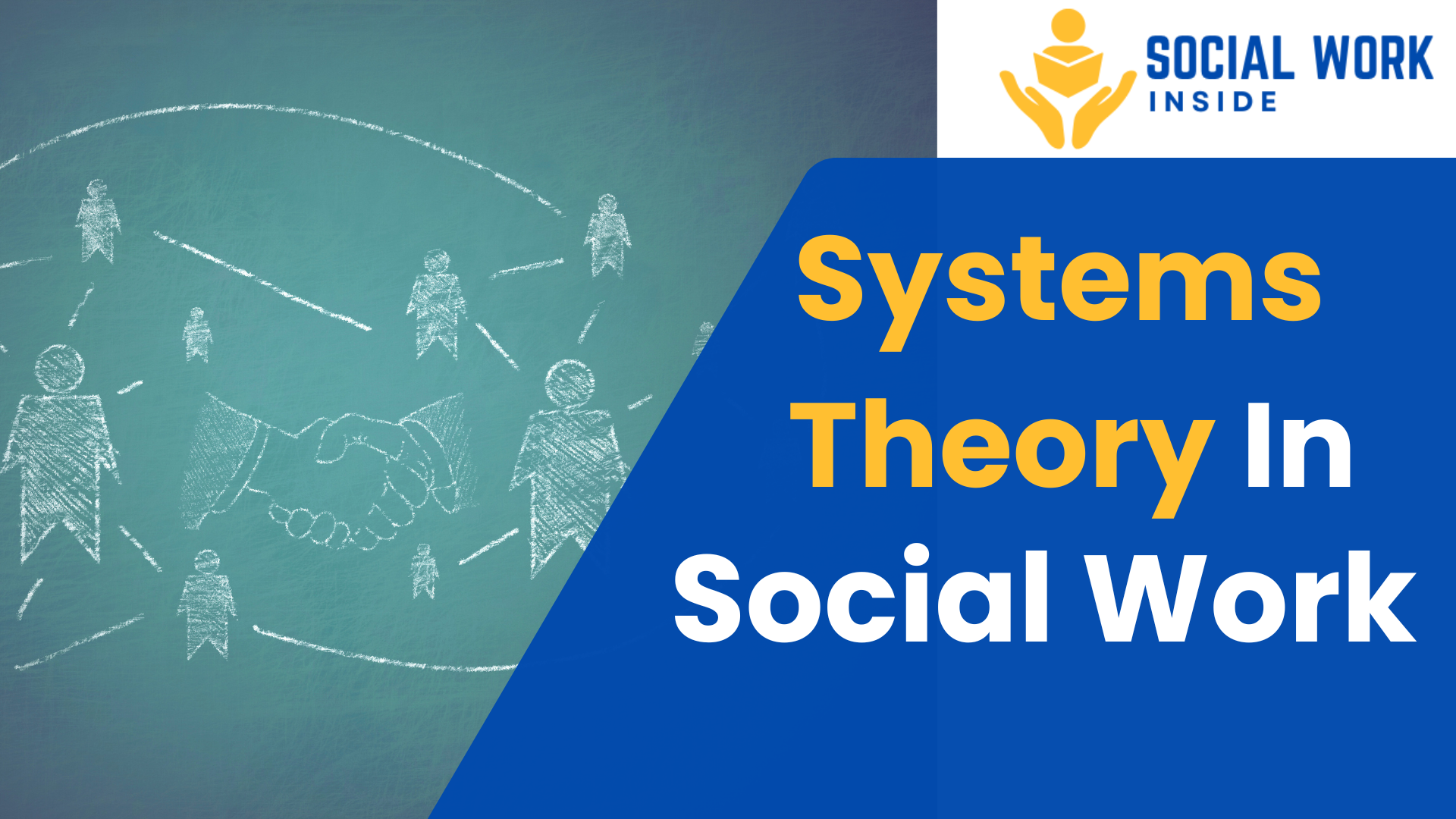
Imagine your school as a giant puzzle. Every student, teacher, classroom, and even the cafeteria lunch menu is a piece of that puzzle. If one piece changes—like a new student joining or a teacher retiring—the whole puzzle shifts a little. Systems theory is a way of looking at the world that focuses on how all these pieces connect and affect each other. In social work, this theory helps professionals understand people’s problems by looking at their entire “puzzle”—their families, schools, communities, and even society.
What Is Systems Theory in Social Work?
Systems theory sees people as part of networks that shape their lives. These networks are called systems. Think of a system as a soccer team:
- Players = family, friends, teachers.
- Coach = rules and routines.
- Fans = the community.
If a goalkeeper exits, the team adapts—just like families, with social workers’ help, navigate challenges and grow stronger together.
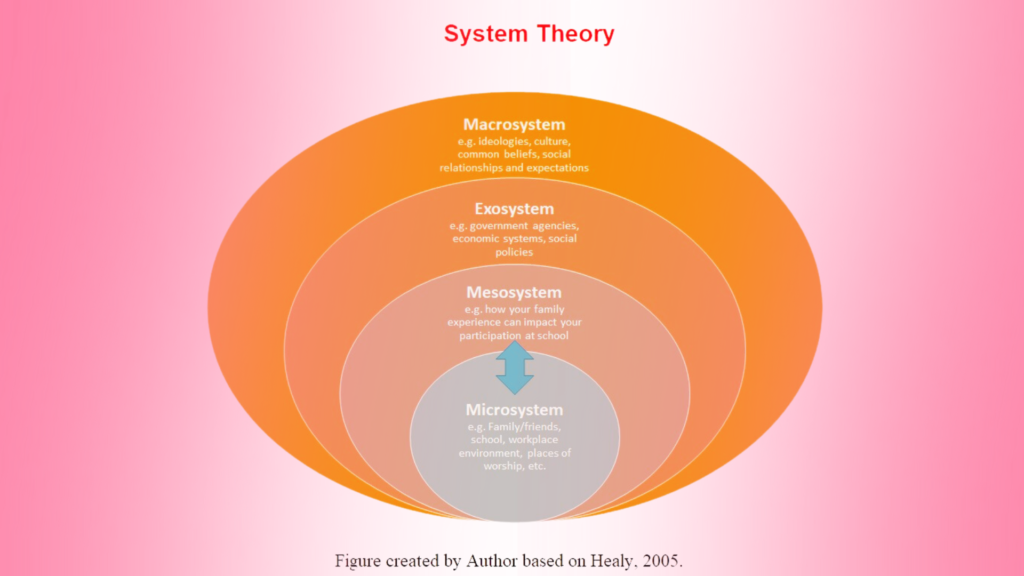
Theoretical Approaches in Social Work: Systems Theory and Its Purpose?
Purpose: Systems theory helps social workers find root causes of problems instead of blaming individuals. It’s like fixing a leaking pipe instead of just mopping the floor every day!
Systems Theory Example:
If a student is always tired in class, a social worker won’t just say, “Go to bed earlier!” Instead, they’ll ask:
- Is there noise at home keeping them awake?
- Are they stressed about grades or friends?
- Do they have a safe place to sleep?
6 Important Theories Used in Social Work
Why Is Systems Theory Important?
- No One Acts Alone: Your behavior isn’t just your choice—it’s influenced by your environment.
- Example: A student expressing big emotions in class might be seeking guidance—social workers help them channel that energy into creative growth and confidence!” Solves Real Problems: Instead of temporary fixes (like detention), systems theory finds lasting solutions (like family counseling).
- Solves Real Problems: Instead of temporary fixes (like detention), systems theory finds lasting solutions (like family counseling).
- Teamwork Wins: Social workers team up with teachers, parents, and neighbors to create change.
History of Systems Theory
In the 1940s, a biologist named Ludwig von Bertalanffy studied how living things—like plants, animals, and cells—depend on each other to survive. He wondered: Could this idea explain human behavior too?
By the 1970s, social workers adopted systems theory to understand families and communities. Today, it’s used everywhere—from fixing ecosystems to designing video games!
Key Assumptions of Systems Theory
- Interconnectedness: Pull one thread, and the whole web shakes.
- Example: A new job program boosts parent confidence → kids shine in class with mentorship → the whole community grows stronger!
- Wholeness: A system is more than its parts. A family isn’t just “mom + dad + kids”—it’s their love, fights, and traditions.
- Balance: Systems try to stay stable. Families create routines (like pizza Fridays) to cope with chaos.
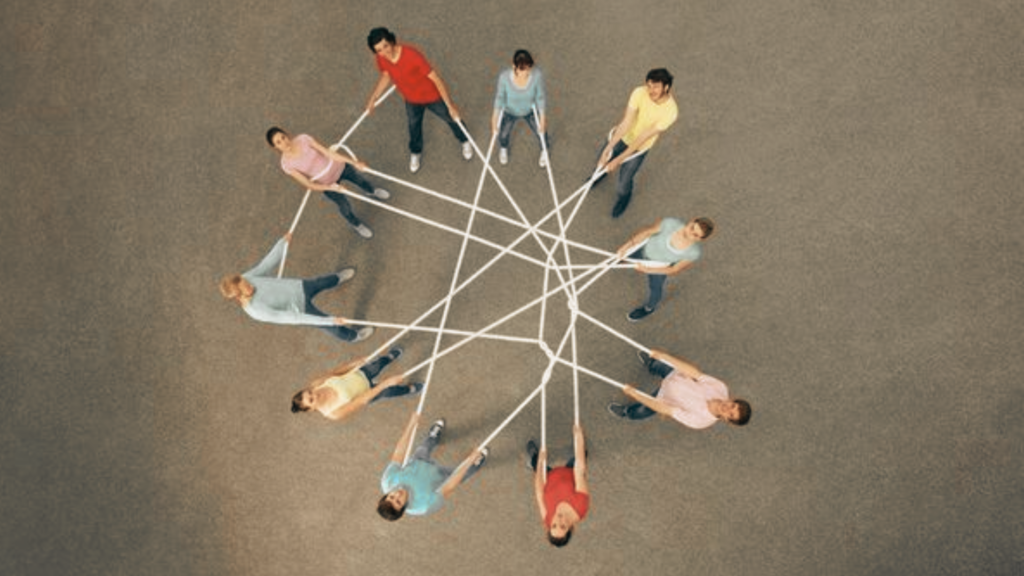
Applications of Systems Theory
- Psychology: Therapists study how family fights affect a child’s anxiety.
- Ecology: Scientists track how removing wolves affects deer populations.
- Engineering: Building a bridge that adapts to weather changes.
- Chemistry: Mixing elements to create new materials (like plastic).
How Does Systems Theory Apply to Social Work?
Family Systems Theory
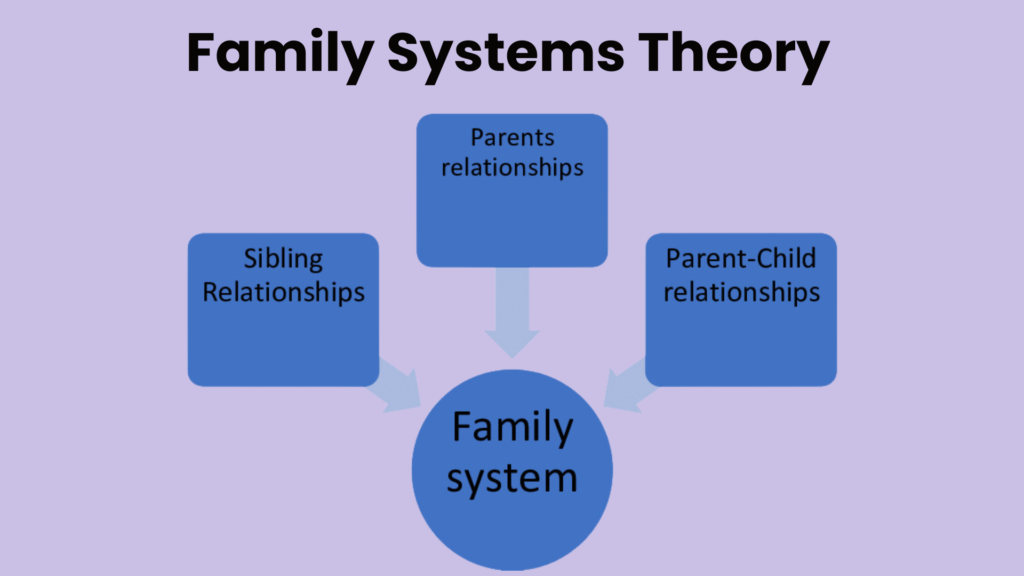
Families are like mobile sculptures: tug one piece, and the rest sway. Social workers use this idea to:
- Improve communication (e.g., weekly family meetings).
- Solve conflicts (e.g., sibling rivalry over chores).
Case Example: “The Martinez family transformed chaotic dinners into joyful bonding moments! With the social worker’s guidance, they began prepping meals earlier, and the kids added colorful placemats to the table. The result? Laughter, shared stories, and a renewed sense of togetherness turned mealtime into their favorite part of the day!”
The Life Model
This approach asks: What’s helping or harming someone’s life? Social workers map out:
- School: Bullying, grades, friends.
- Home: Safety, family dynamics.
- Community: Parks, libraries, after-school programs.
Example: Maya, a shy 7th grader, struggled to make friends. The social worker connected her to a robotics club (community system), where she found her tribe!
The Socio-Ecological Model
This model uses four circles to show how environments help us grow:
- Individual: Your creativity, courage, and dreams.
- Relationships: Friends who cheer you on.
- Community: Parks where you play and learn.
- Society: Laws that protect your rights.
Example: Why do some towns have healthy, happy kids?
- Individual: Curiosity to try new hobbies.
- Relationships: Coaches who inspire.
- Community: Safe playgrounds and fresh food markets.
- Society: Programs that fund music and art.
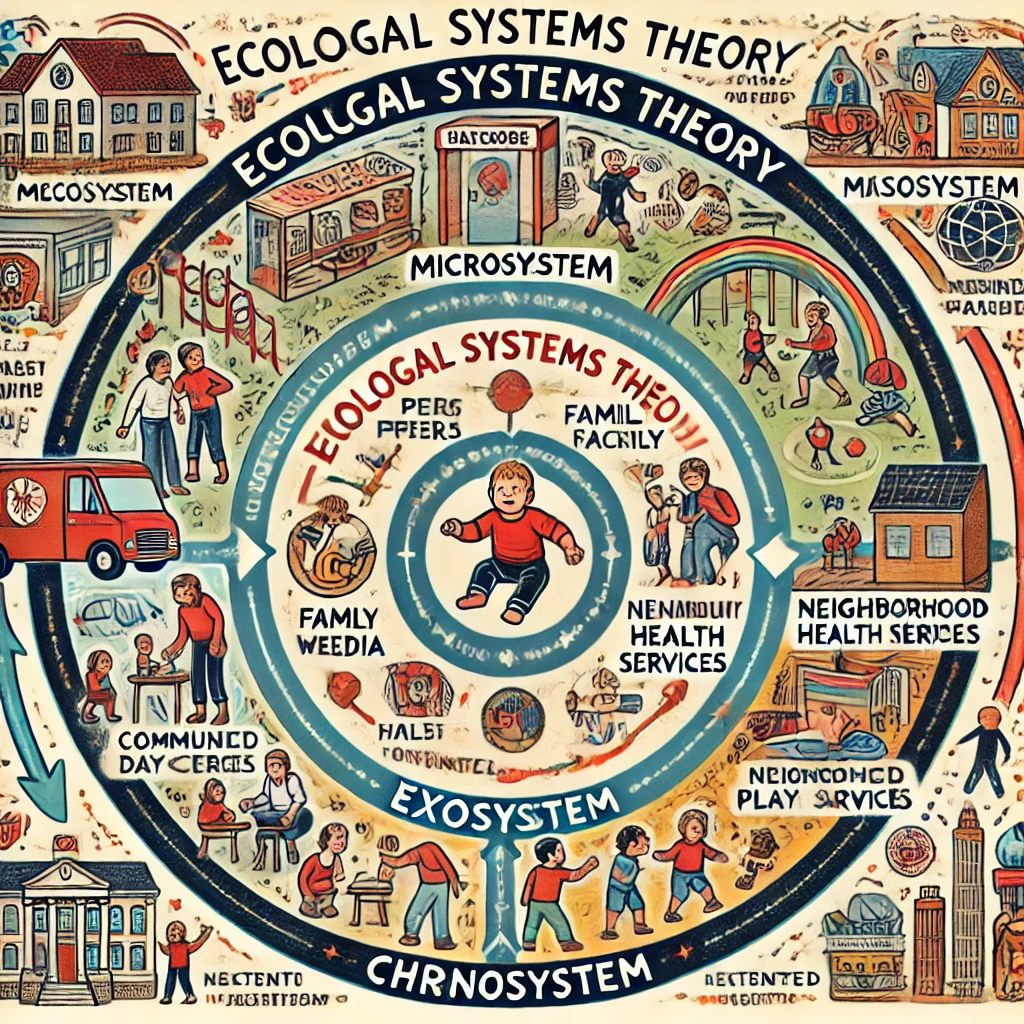
Weaknesses of Systems Theory
- Too Broad: Sometimes focusing on every connection feels like herding cats—but social workers learn to prioritize with heart.
- Hard to Test: Human systems are messy, but that’s what makes them full of surprises and opportunities!
What Issues Are Addressed by Systems Theory?
- Bullying: Transforming bystanders into heroes.
- Poverty: Creating jobs and affordable housing.
- Mental health: Connecting families to free counseling.
Intervention With Systems Theory
Social workers might:
- Host family talent shows to boost confidence.
- Partner with schools to start kindness clubs.
- Turn empty lots into community gardens.
Elements in Systems Theory
- Interconnectedness: A teen helps translate for their immigrant parents → Schools offer bilingual resources.
- Hierarchy: You’re part of a class (school system), which is part of a district that funds field trips and tech labs.
Systems Theory Case Study: Jamal’s Story
Jamal, a 12-year-old, skipped school for weeks. Instead of suspending him, his social worker saw his potential and investigated:
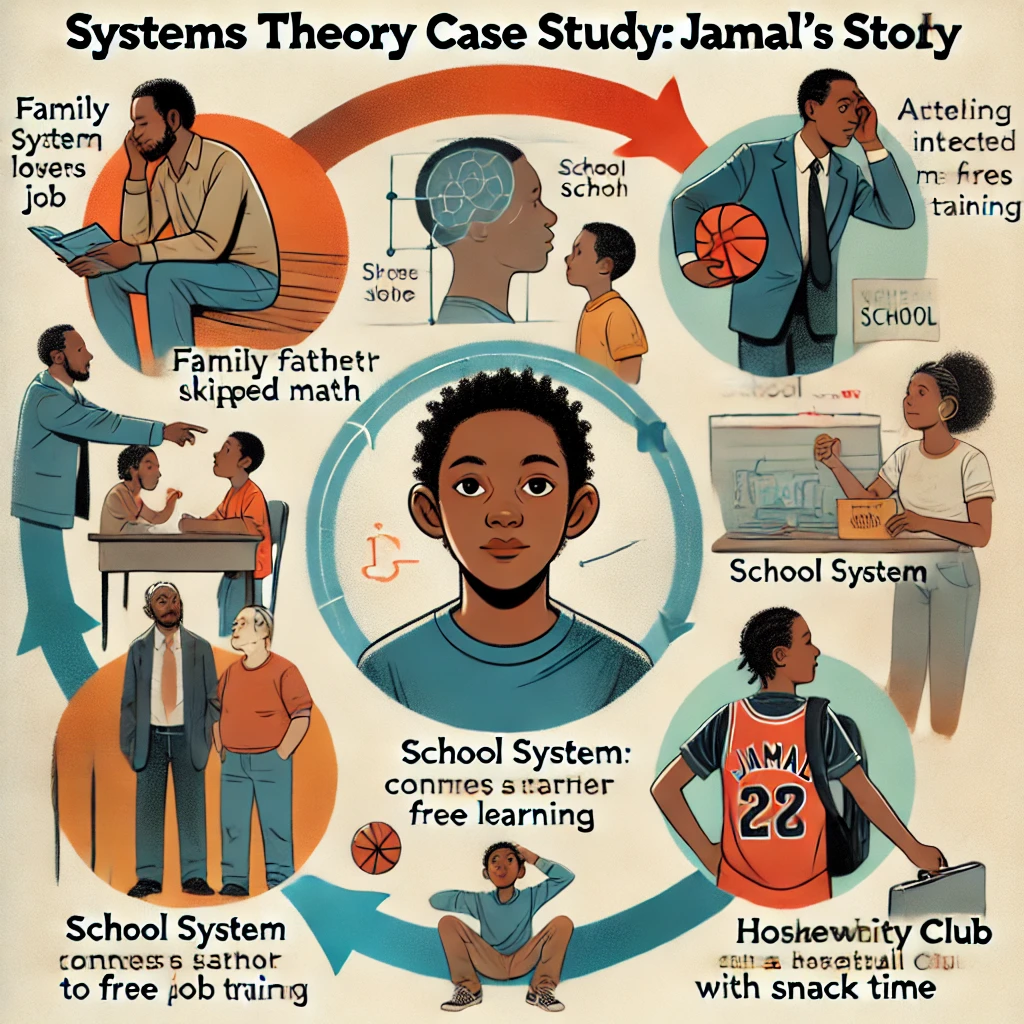
- Family: Dad lost his job → Linked him to free job training.
- School: Jamal failed math → Provided a tutor who made numbers fun.
- Community: No after-school hangouts → Started a homework club with snack time.
Result: Jamal returned to school, aced math, joined the basketball team, and became a leader in his community!
How YOU Can Use Systems Theory
- Solve Problems: Stressed about homework? Ask: Is it too hard? Do I need quiet space? Am I getting enough sleep?
- Be a Helper: If a friend is sad, ask: What’s going on at home or school?
- Think Big: Remember—small changes can have big impacts. Recycling one can help the whole planet!
Key Takeaway: Systems theory teaches us that nothing happens in a vacuum. By understanding how families, schools, and communities connect, we can build a happier, healthier world—one piece at a time!


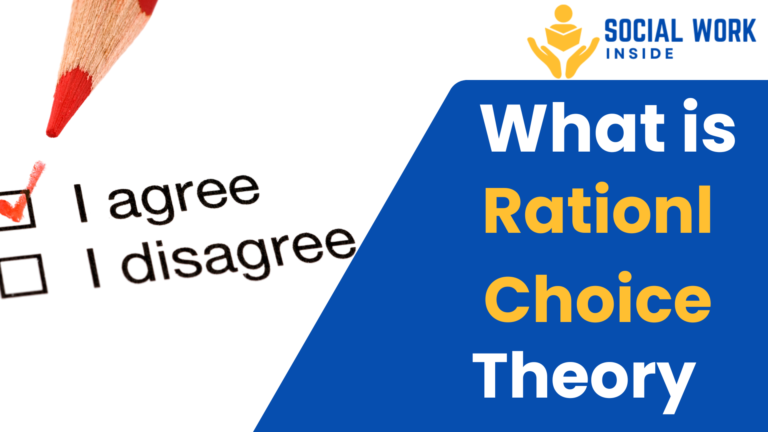
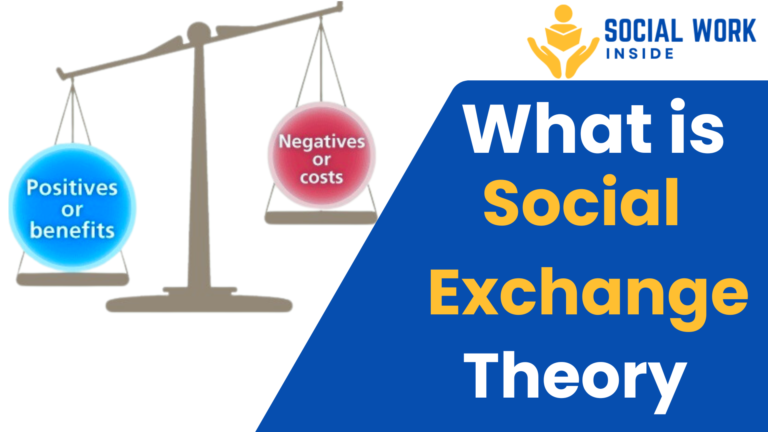
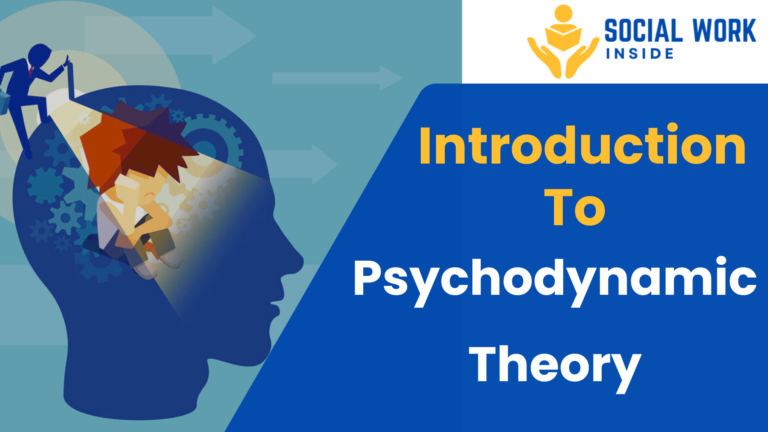


3 Comments